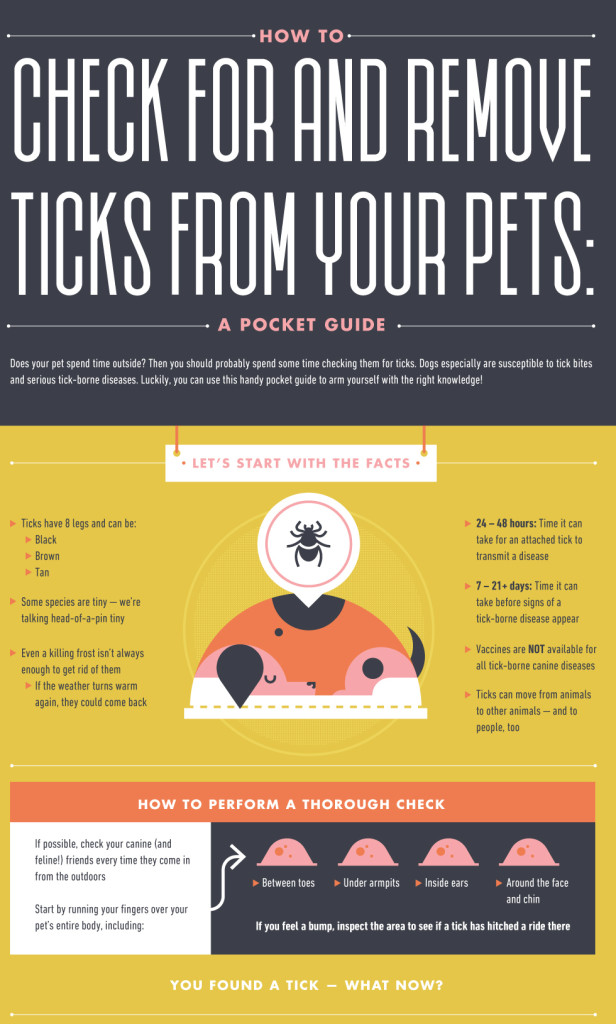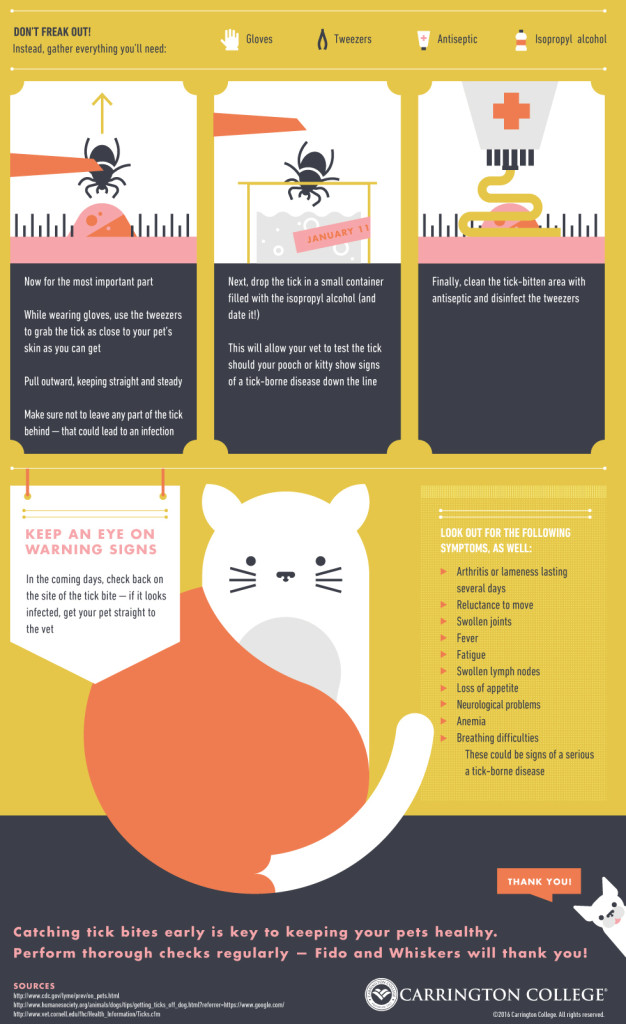Last summer my beautiful deaf dog Nitro was bitten by a deer tick which ended up halting all of our summer plans because of the devastating reaction he had to the bite. Just a few days after we returned from our trip to Nashville, TN he became totally paralyzed in his rear legs due to deer tick paralysis. His paralysis lasted for over a month! For several weeks Nitro could not walk on his own so Chris and I had to carry him outside to do his business.
We were very lucky Nitro has a laid back personality because he had to live in an x-pen for four weeks inside the house. We even set up an x-pen on our front porch so he could sit outside and watch the birds.

Photo above: Chris working on his computer while hanging out with Nitro on the front porch.
Our vet Dr. Bowman ran several Lyme Tick tests, they all came back negative. A dog bitten by a deer tick does not have to test positive for Lyme Disease to have tick-borne paralysis. Out of precaution, we still treated Nitro as if he had Lyme Disease with several weeks of high doses of Doxycycline antibiotics to help him recover and walk again. Tick bite paralysis in dogs is caused by a potent neurotoxin released through the salivary glands of a certain species of a egg-laden female tick. The neurotoxin effects the dog’s central nervous system which caused loss of voluntary movement and effects the nerves that connect the spinal cord and muscles.

This photo shows how small and hard to spot deer ticks can be. As you can see from this photo there was a ring around the bite.

Photo above: Nitro going outside to go potty and being supported by a towel and his daddy Chris Lee
Please consider taking extra precautions in keeping your deaf dogs safe from ticks when selecting the right tick/flea prevention products for your dog. As far as I can tell most tick/flea prevention companies do not do testing on unpigmented white dogs. They usually use full color dogs like the breed beagle, collies, and hound dogs for testing. If you look on the flea preventative packaging, you will not see any mention of risks to white unpigmented dogs under the warnings section. Please do your research and use caution when selecting flea preventatives. Try to find a natural flea preventative alternative to use on your deaf dog instead of the commercial topical treatments used on full color dogs .
From my personal experience with deaf rescue dogs, I have seen time and time again the damage done from topical flea treatments. I have seen white deaf rescue dogs with skin infections and in some of the more extreme cases neurological damage has been done after spot flea treatments was applied by the rescue staff. Deaf Dogs Rock constantly gets emails from deaf dog families all over the world who report major skin infections and even neurological disorders just hours after applying topical flea preventatives.
Poor Nitro. It was my fault he was exposed to the female deer tick. We made a trip to Nashville and stopped several places on the away. I was so distracted by our trip, I did not spray Nitro with his Wondercide when I was in Nashville. I used a natural flea treatment called Wondercide but I did not follow the directions properly. I should have been spraying him ever 3 to 4 days and making sure to spray under his belly, on the inside his thighs and in between his toes. He was bitten by the deer tick on the inside left thigh and in between his left toes which is where most of the damage was done. Now I spray all 5 dogs with Wondercide every four days (during Spring, Summer and Fall) and use a sponge to make sure I get in between their toes and underbelly.
Nitro was finally able to walk on his own after a month of us lifting him and putting him through physical therapy. Even though it has been eight months since his tragic tick bite paralysis, he only has about 80% of his mobility back on his left rear leg. Even now his left foot drags and just won’t return to full motion. For the past six months Nitro has been receiveing in-home acupuncture and laser light therapy every two weeks to keep him healthy and strong. His muscles have come a long way since last June and he can now sit down with his rear legs tucked straight under his spine instead of off to the side.

Photo above: Nitro getting acupuncture by Dr. Anna Simms Hopefully none of you will have to go through what we went through with our deaf boxer Nitro.
Please take a look at some wonderful tips on how to check for and remove ticks from your deaf dogs. She also included infographics and information from Carrington College.
Tips for Preventing Tick-Borne Illness – from www.Carrington.edu
While ticks can cause a dog to become seriously or even fatally ill, it is possible to prevent tick infection and/or speedily deal with ticks that have lodged themselves under a dog’s skin. The following helpful guide from Carrington.edu gives straightforward advice that can help dog owners prevent tick problems.


Know the Enemy
Ticks have eight legs and come in various sizes and colors. The can transmit disease within 24 to 48 hours after lodging under the skin. Pets usually show symptoms of tick borne disease within seven to 21 days after infection. Furthermore, ticks can move from animals to other animals as well as to people.
Checking Your Dog
Ticks are common in the woods as well as in brushes and high grass. So, inspect your dog thoroughly after having been outside. You should check a dog’s entire body, including between the toes, under armpits, around the face and chin and inside ears. Any raised bumps found on the dog should be inspected closely for signs of tick infestation.
Removing a Tick
It is possible to remove a tick without professional medical help. To do so, put on gloves and grab a pair of clean tweezers, some isopropyl alcohol and some antiseptic. Use the tweezers to remove the tick, grabbing it as close to your pet’s body as possible. Once the tick has been removed, drop it in a small container of isopropyl alcohol, seal the container and write the date on the outside. Apply antiseptic to the pet’s skin to prevent infection.
Knowing When to Call the Vet
If a tick has passed a disease onto your dog, you will see clear signs of infection. These include fatigue, loss of appetite, neurological problems, arthritis, swollen lymph nodes and joints, difficulty breathing and/or fever. Any of these symptoms are warning signs that your pet needs immediate medical attention. Take the jar with the dead tick to the vet, as the vet can use it to identify the breed of tick and test it for signs of tick-borne diseases.
Preventing and Treating Tick Infections
Thankfully, you can prevent tick infestation by keeping the grass short, avoiding wooded areas and using topical anti-tick treatments. Natural treatments such as garlic, apple cider vinegar and natural citrus-based repellents are ideal, as these can be used even for dogs that lack natural skin pigmentation. With proper care and regular tick examinations, you can prevent serious tick-borne illness and prolong your dog’s happy, healthy life.







